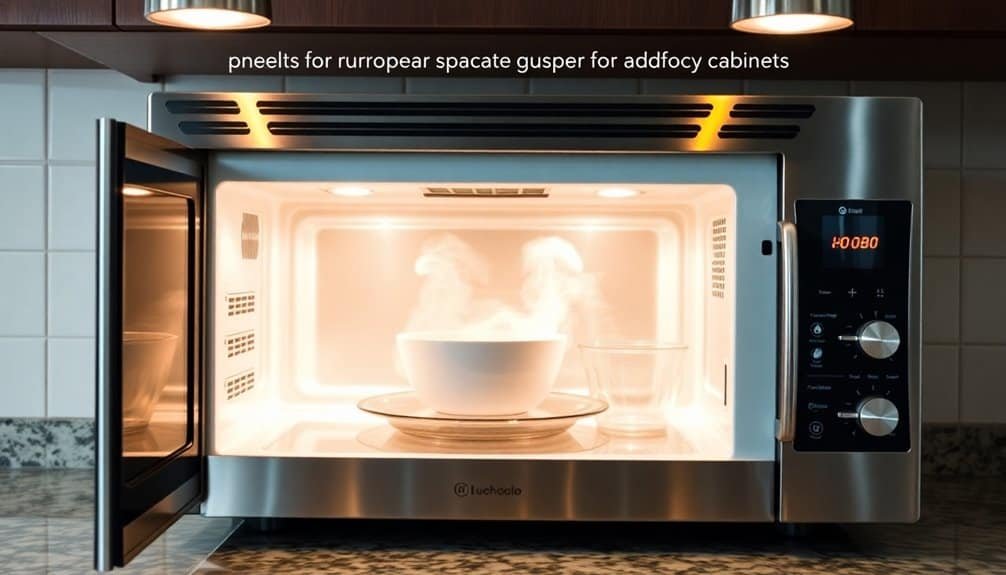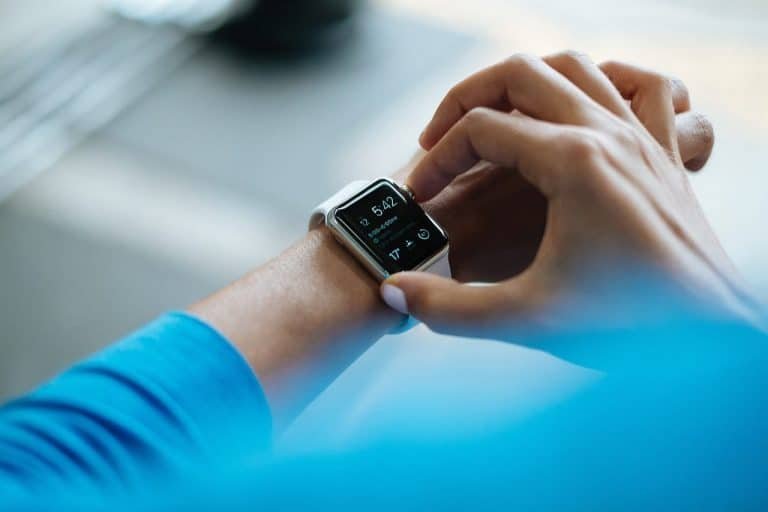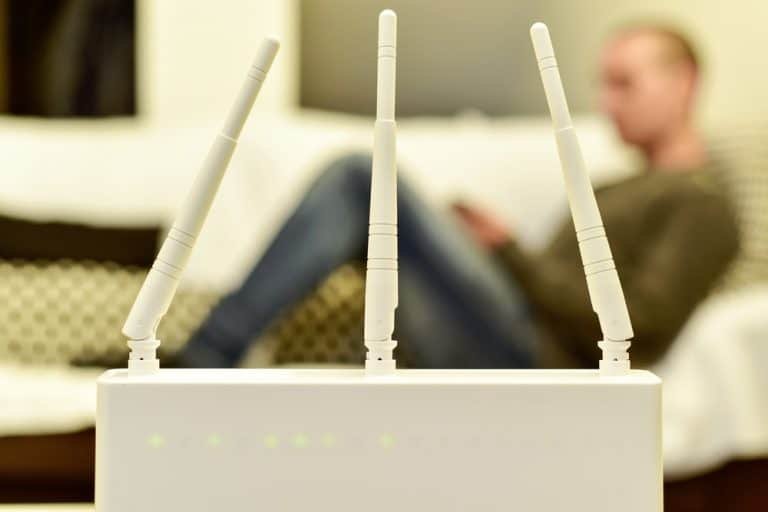Safe Use of Microwave Ovens and Appliances

Microwave ovens adhere to strict safety standards, limiting leakage to 5 milliwatts per square centimeter at 2 inches. To ensure safety, use microwave-safe containers, avoid metal, and keep door seals intact.
Regular maintenance keeps your appliance efficient and minimizes fire risk. Always ensure food reaches at least 165°F for safe consumption.
Disclaimer: As an affiliate, I may collect a share of sales from the links on this page.
Understanding Microwave Oven Safety Standards

When using a microwave oven, it’s essential to be aware of safety standards that guarantee your appliance operates safely and effectively.
The FDA regulates these ovens under 21 CFR 1030.10, enforcing limits on microwave leakage at two inches from the surface. Ovens must have at least two operative safety interlocks, preventing operation when the door is open.
Additionally, modern models feature monitoring systems and automatic shut-off capabilities that enhance safety. Manufacturers undergo rigorous quality control assessments to verify compliance with both federal and international standards.
Regular updates to these regulations maintain ongoing safety and efficiency for users worldwide.
Addressing Health and Safety Concerns
Addressing health and safety concerns is essential for microwave oven users.
Microwave ovens emit non-ionizing radiation which can cause burns at high levels, but it doesn’t cause cancer. The FDA limits microwave leakage to 5 milliwatts per square centimeter at 2 inches. This regulation ensures that any exposed microwave radiation remains well below harmful thresholds. Proper use, such as following the manufacturer’s guidelines and maintaining door seals, minimizes risks. Keep a safe distance while microwaving to reduce exposure, as energy intensity decreases with distance.
Finally, verify ovens comply with FDA safety standards.
These practices collectively contribute to a safer microwaving experience, helping you avoid potential risks associated with improper use.
Evaluating Environmental Impact

Microwaves play an essential role in your kitchen, but their environmental impact is considerable. They consume about 9.4 terawatt-hours of electricity annually in the EU, comparable to the output of three gas power plants. Additionally, 130 million microwaves in the EU produce 7.7 million tons of CO2 annually, highlighting the need for greater consumer awareness regarding their usage.
Their manufacturing contributes over 20% to environmental impacts, including resource depletion and climate change. Regular usage represents 54% of their environmental footprint. While they’re more energy-efficient than conventional ovens, the average lifespan has dropped to 6-8 years, increasing electronic waste generation.
Ultimately, choosing energy-efficient models and adopting better usage practices can mitigate their environmental consequences, making your kitchen greener and reducing emissions considerably.
Ensuring Food Safety and Proper Cooking Techniques
Ensuring food safety and proper cooking techniques is essential for maximizing the benefits of microwave ovens. Use microwave-safe containers, such as glass or labeled plastic, and avoid metal to prevent arcing.
Cover food with lids or microwave-safe plastic wrap, ensuring it doesn’t touch the food. Defrost food in its original packaging removed and cook immediately afterward.
Always check the internal temperature with a food thermometer, ensuring it reaches 165°F. Cut food into uniform pieces for even cooking and rotate it regularly.
Follow package instructions and allow food to stand post-cooking for ideal heat distribution, preventing undercooking or overcooking.
Importance of Maintenance and Repair

Regular maintenance is essential for the ideal functioning and longevity of microwave ovens. By guaranteeing cleanliness and prompt repairs, you enhance both safety and performance.
Here are key aspects to remember:
- Prevents Damage: Regular cleaning stops spills from damaging components.
- Extends Appliance Life: Timely repairs address minor issues before they escalate.
- Minimizes Downtime: Quick fixes keep your microwave operational.
With ongoing maintenance, you lower the risk of fire hazards and guarantee efficient energy use.
Plus, you support consistent cooking results, making your kitchen both safe and efficient.
Prioritizing maintenance ultimately saves time and resources.
Promoting Public Awareness and Education
How can consumers best navigate the complexities of microwave oven safety?
Start by understanding safety regulations, including federal limits on leakage, which must stay below 5 milliwatts per square centimeter. Manufacturers implement two independent interlock systems that stop microwave production when the door opens.
Educating yourself is vital; refer to FDA and USDA guidelines about proper usage. Engage with community workshops and feedback mechanisms to report safety issues.
Recognize that over 90% of homes use microwaves, making awareness of common risks—like burns and misuse—essential.
Frequently Asked Questions
Can Microwave Ovens Detoxify or Purify Food?
Microwave ovens can’t detoxify or purify food. They heat based on water content, similar to other cooking methods. Using them solely for heating won’t remove toxins beyond normal cooking effects. Stick to safe practices.
Do Microwave Ovens Use a Lot of Electricity?
Picture a tiny dragon that breathes fire for cooking—microwave ovens are similar. They don’t guzzle electricity like traditional ovens. You’ll find they consume less energy, making them a smarter choice for quick meals.
What Types of Containers Are Safe for Microwaving?
For microwaving, you’ll want to use glass, ceramic, or specific plastic containers labeled microwave-safe. Always check for BPA-free materials and avoid items like crystal or handmade pottery to guarantee your safety while cooking.
Do Microwave Ovens Emit Harmful Gases When Operating?
Like a false alarm in a quiet night, microwave ovens don’t emit harmful gases while operating. Instead, their main concern lies in electricity consumption, considerably impacting the environment through carbon dioxide emissions during their use.
Can Microwaves Cause Food to Lose Flavor?
Yes, microwaves can cause food to lose flavor, but the impact is generally minimal. By cooking quickly and maintaining moisture, you can preserve flavors better than with conventional methods. Keep the cooking time short for best results.
Conclusion
Practicing safe microwave oven use is crucial, as improper use results in over 3,000 injuries annually in the U.S. Adhering to safety standards, addressing health concerns, and ensuring food safety can significantly reduce these risks. Regular maintenance extends the appliance’s life, while public awareness promotes safe practices. By educating yourself on these aspects, you can enjoy efficient and reliable heating without compromising safety or quality.






